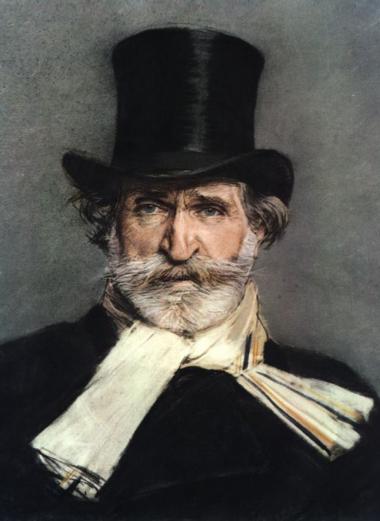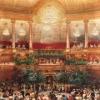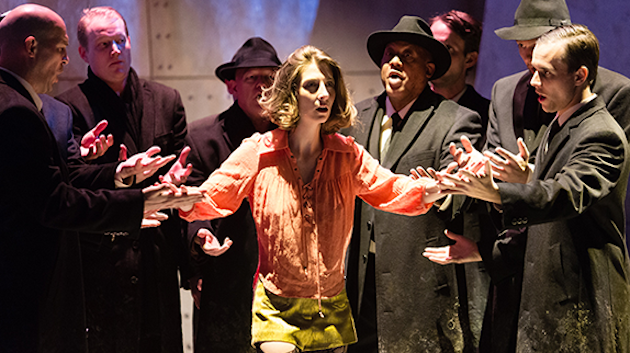
What happens when art organizations find themselves outdated, at least in part? This is opera history from time to time, and it’s what has allowed Beth Morrison Projects to flourish in North America. True, Morrison has an almost unerring eye for talent, but sometimes — think composer Missy Mazzoli — it’s not so much that people don’t recognize the potential, more that they don’t know how to use it.
Mazzoli’s Breaking the Waves, a BMP project, became a smash hit at Opera Philadelphia and is seeing many more productions as time goes on. But Mazzoli had given notice of her theatrical chops with SALT (2012 BAM Next Wave Festival) and Songs From the Uproar (2012), another BMP production that had a rapturous critical reception and has since seen at least four major productions in the U.S. And she was hardly an unknown in 2012. After that, Proving Up (2018) was another intimate work of “grim claustrophobia” that packed a punch. Now with her Metropolitan Opera commission in hand, you wonder if this theatrical natural will encounter problems not of her own making in fulfilling it.
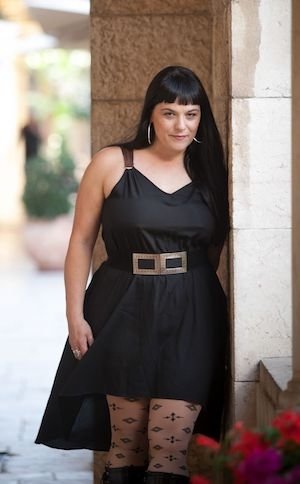
The challenge is not just one of scaling up, of a composer of tight, explosive works creating one to fill the Met, with a huge orchestra and chorus and the capability of producing hundreds of costumes and huge sets for a single production. That’s more like moving from small budget to big budget filmmaking, and it happens all the time.
No, the problem with the big houses now is that many of their conventions — the huge orchestra and chorus, traditional storytelling within the fourth wall, sometimes the proscenium itself — are 19th-century givens that artists adapt using modern subject matter or modern theatrical techniques to hurdle the inconveniences of the stage setup. These are opera houses, after all, that were built with Aida and The Ring of the Nibelungs in mind.
Beth Morrison found her niche by exploring everything not that, which is why enlightened managers of large houses are partnering with BMP, often at venues outside of the main opera house. And the Met itself, spurred by its music director, Yannick Nézet-Séguin, is taking more swings at contemporary opera and suggesting it will place some of those productions outside of its Lincoln Center home.
But a large company commission tempts a composer to abandon some of his truest artistic self in order to entertain an audience whose taste leans heavily toward the 19th-century classic repertory in all kinds of ways. And a composer and librettist need to leave that aside and concentrate on what they do best.
I am not suggesting, by the way, that Mazzoli will run into this difficulty. In fact, I would put money on the side of her taming the Met beast and turning out a work that could live in the repertory. But we’ve seen this story before in operatic history.
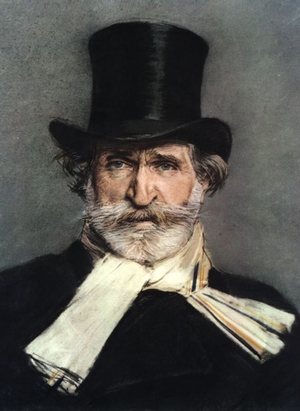
Giuseppe Verdi, the most performed opera composer the world over, had many of his signal failures (and faint successes) at the Académie royale de musique (the Paris Opéra), home of grand opera. Jérusalem (1847), Le Vêpres siciliennes (1855), and reworkings of Il trovatore and Macbeth all missed the mark, before Don Carlos (1866) finally balanced the ledger. Remember that 1847 saw the premiere of the seminal, original Macbeth in Florence, and 1850–53 brought Rigoletto, La Traviata, and Il trovatore. Any one of this trio gets more performances in a season than all the French works combined.
What confounded Verdi was not being able to fully come to grips, musically, with the dramatic kernel and manifest it throughout the opera. Two overriding reasons stand out for Verdi’s (and many other composers’) inability to strike gold at the Paris Opera: the “too many cooks” maxim and the fact that some of the genre’s conventions had not aged well, especially compared to Verdi’s stripped-down, high pressure aesthetic (which Morrison and Mazzoli clearly share).
At the Paris Opéra, there were many colleagues to deal with and only the institution’s most successful composers had enough clout to impose their will on a piece. It makes sense that Verdi’s triumph came at the end, when he was no longer just a successful foreigner, but a living legend and someone who had a work history with the company. For Don Carlos, he was the ultimate authority, like a modern movie auteur.
Some of the conventions of grand opera had, by 1847–48, outstayed their welcome: for example, the long dialogues, derived from French tragedy, that structured the landmark grand operas from the 1830s, and which cast a shadow onto other works, such as Bellini’s Norma (1831) and Wagner’s Tannhäuser (1845; the second act in particular), were dated in the 1850s. Verdi dealt with it in Don Carlos, but when he did grand opera on his home turf, in Un ballo in Maschera (1859), and more obviously, in Aida (1871), that stuff was just gone.
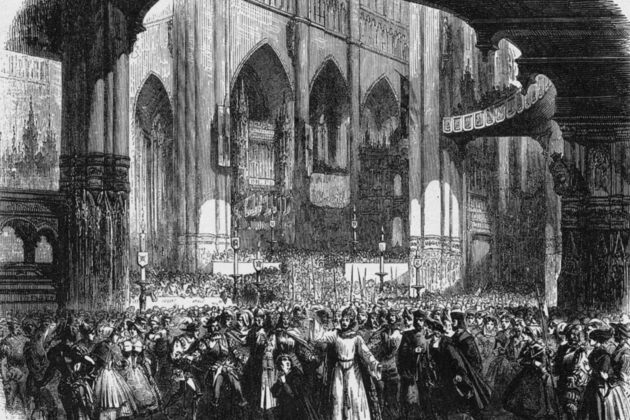
If you think of contemporary composers who have experienced success with small opera that has not translated to the big houses, you can see some of the same forces at work. Bright Sheng was universally lauded for The Song of Majnun, but his work for San Francisco Opera, Dream of the Red Chamber, was missing the same musical-dramatic payoff. As Mark Swed put it in the Los Angeles Times, SF Opera “might seem as though it merely wanted another Turandot, Puccini’s Chinese opera. But every moment that is striking in Red Chamber is every moment that doesn’t resemble Puccini.”
By contrast, Philip Glass is as collaborative a composer as you’ll ever find. But is there any doubt who had the first and final say in Satyagraha or Akhnaten? Kaija Saariaho and her librettist Amin Maalouf were by all accounts completely respectful of each other, and yet at every moment in L’amour de loin the music sings effortlessly through the text.
There’s no prescription for creating a great opera, no to-do list that guarantees getting it right. But there’s definitely a spirit of discovery that helps: new work is about change, and sometimes change brings renewal.

